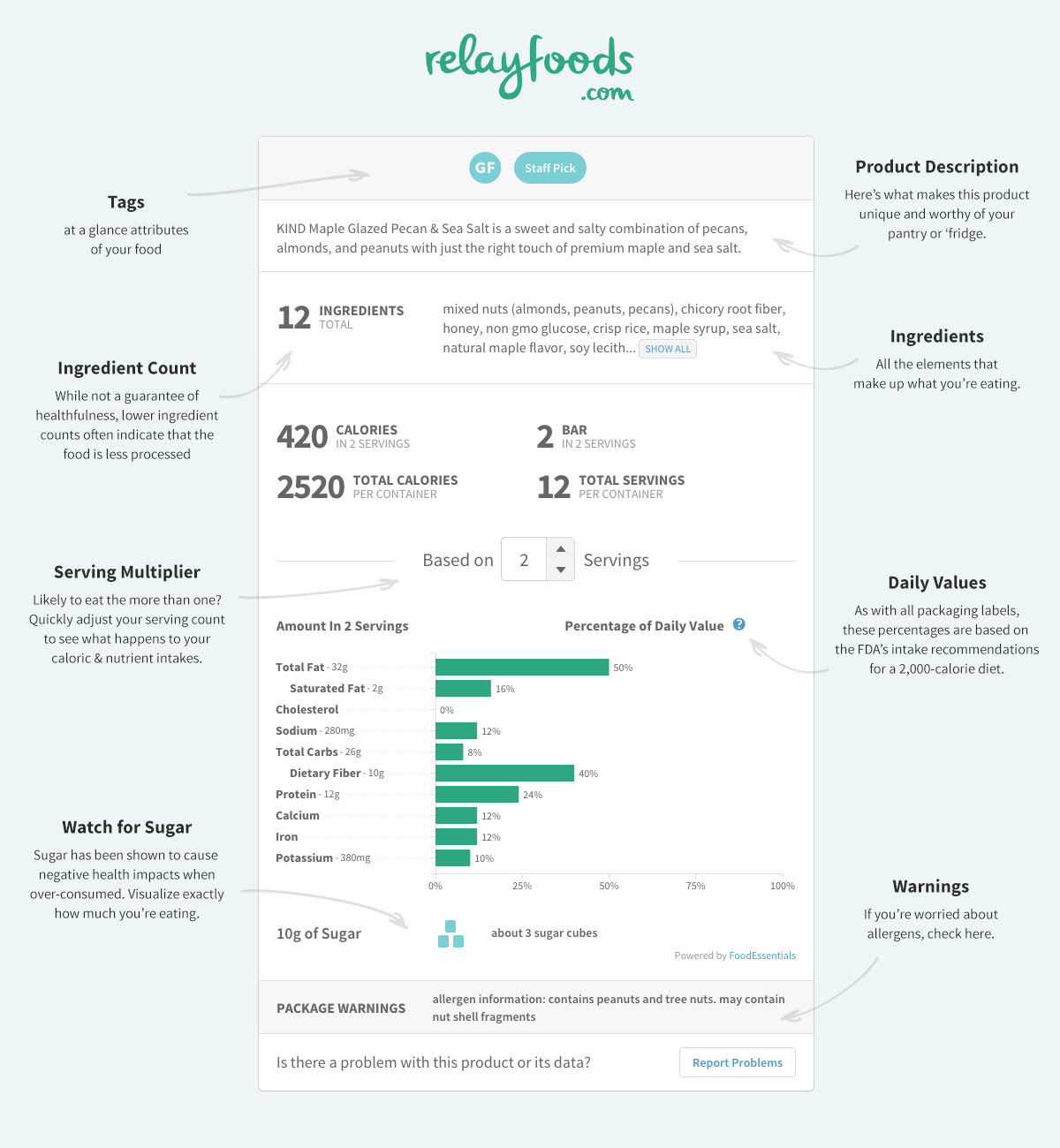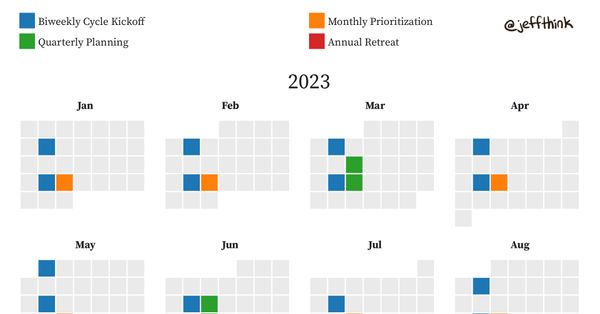Eat food, not too much, mostly plants. — Michael Pollan
I joined Relay Foods in 2013 because of its ambitious goal of turning the American food system on its head by making healthy, sustainable, and local foods the norm, rather than the exception. Our thesis was that by making the process of shopping these types of foods dramatically more convenient and enjoyable, we could shift the tides of consumer behavior, and by extension, the broader food market.
We made major inroads using this approach, but I can’t help but feel that we were a bit early to the online grocery revolution. Funding dried up, and the industry moved on without us. Unfortunately, as in many “early mover” type situations, many of the innovative aspects of our product were lost / haven’t been recreated in quite the way we imagined. In the hopes of spurring some conversations about these ideas, I’m looking forward to dedicating some posts towards them in the coming months.
One relatively simple one to start: a new take on the age-old nutrition label. At a time when consumers are more clued in than ever to dietary preferences, allergens, and food sourcing, I’m surprised that I haven’t seen someone really knock it out of the park when it comes to presenting nutritional information. In 2014, we launched:

In response to customer feedback, we focused on 3 areas:
- ingredient lists & count up front — no matter how low the calories or high the vitamins, if a product has low-quality ingredients or a long list of unhealthy additives, chances are it won’t be great for you
- dynamic serving sizes— if you know that you’re likely to eat the whole bag of chips in one sitting, you can update the serving count to see how your daily intake values change as a result
- visual cues to support the data — without visuals (e.g. the sugar cube pyramid, the daily value % bar chart, etc.), the relative nutrient amounts are difficult to wrap your head around

And one piece of historical context: we had even larger ambitions for the reimagined nutrition label but were restricted by the quantity and quality of digital nutrition data that was available in 2014. Food Essentials, now called Label Insight, was a great partner, but at that time, the state of digital nutrition information was so bad that they were literally driving to warehouses to take hundreds of thousands of photos of product packaging. Luckily for all of us, the basic nutrition data is significantly better these days, allowing organizations like Label Insight to focus on building a dataset with a rich set of attributes across a dizzying array of products.
Given all that great data now available, I’m hopeful that someone in the food world can build a nutrition label that serves as a step change in how we visualize and comprehend information about our food. As a starting point, here are some entries in a Berkeley design competition from a few years back, and I’ve listed some questions below that are worth considering in addition to the standard ingredient / nutrient information:
- Where did the product come from & how far would it travel to get to you?
- How was it grown / manufactured / prepared?
- What is interesting or unique about the product, or one of its ingredients?
- When are the ingredients in season and/or the best time to buy?
- Who should or shouldn’t buy it due to dietary / medical considerations?
- Why buy this particular product vs. others?
And in my opinion, given the state of machine learning, conversational user interfaces, and various other technology trends, a modern nutrition label should, at its very core, be personalized to each user’s preferences — allergens, diets, and favorites. I’m sure there are some examples of this out there that I haven’t seen yet — please share if you’ve seen some great ones!


